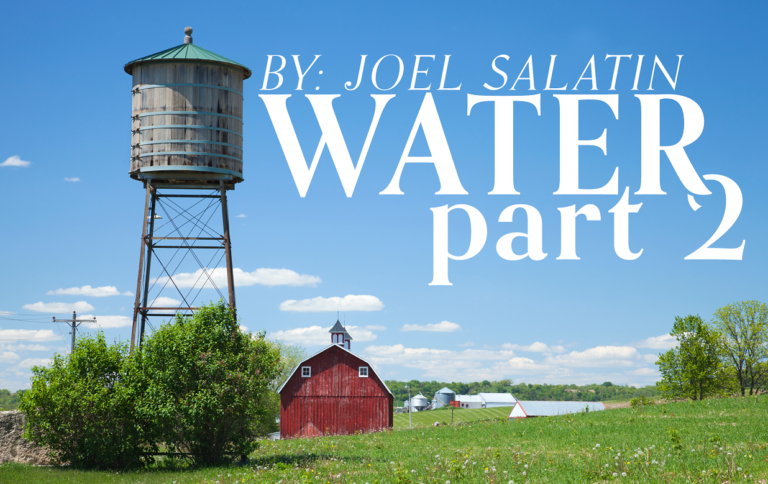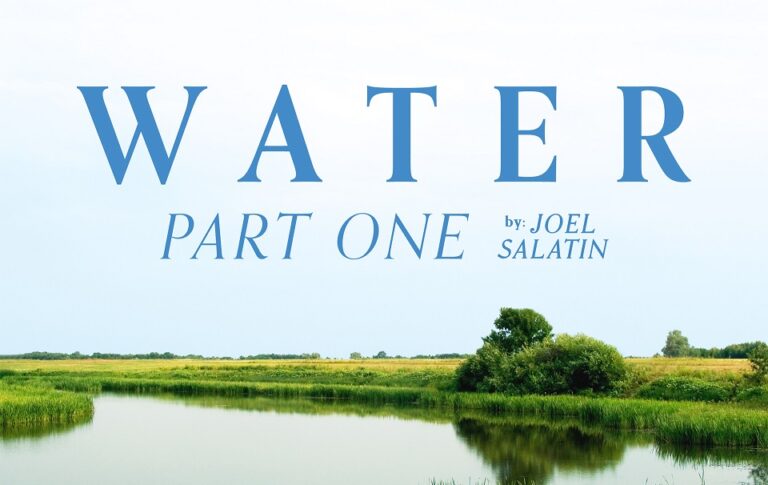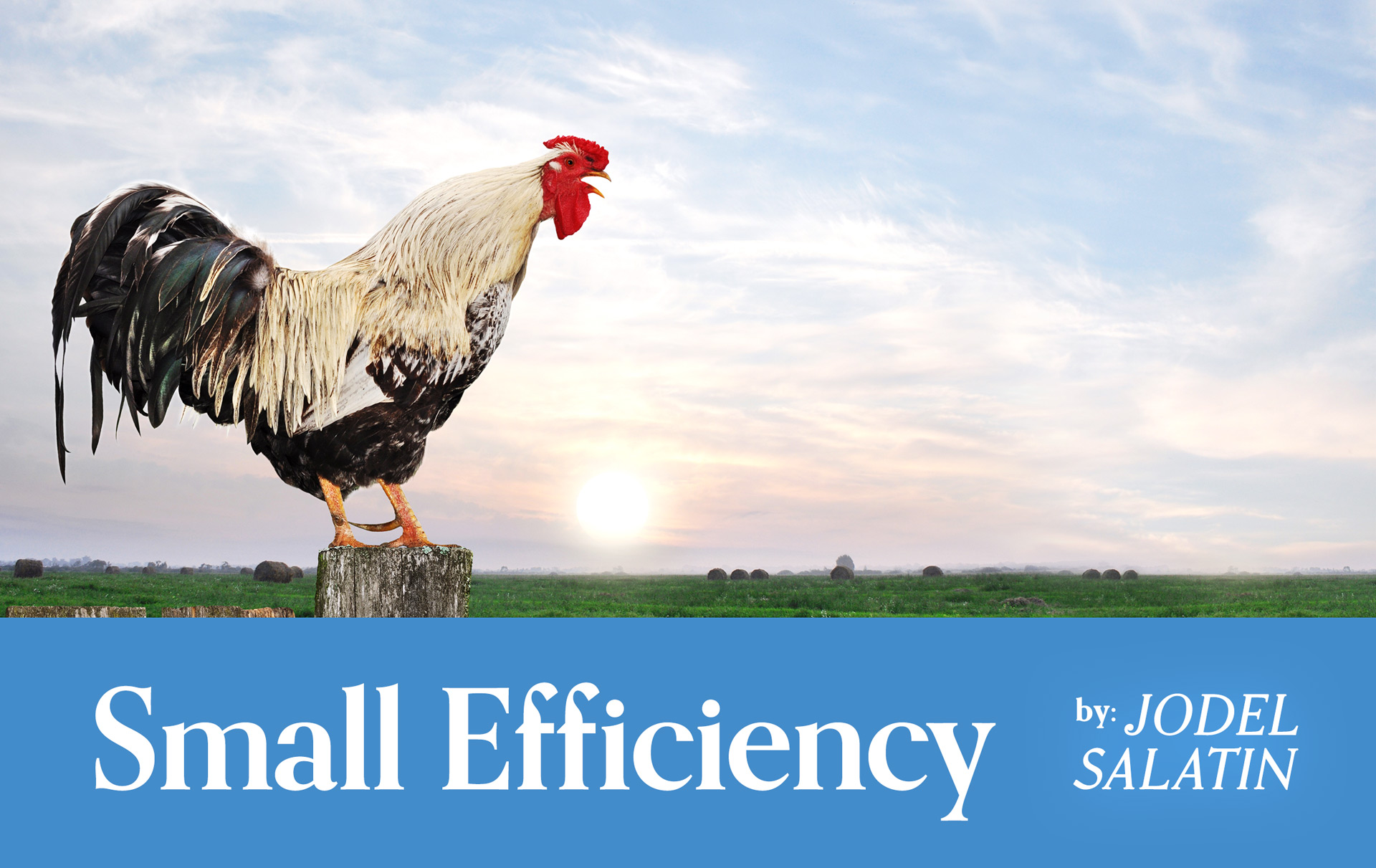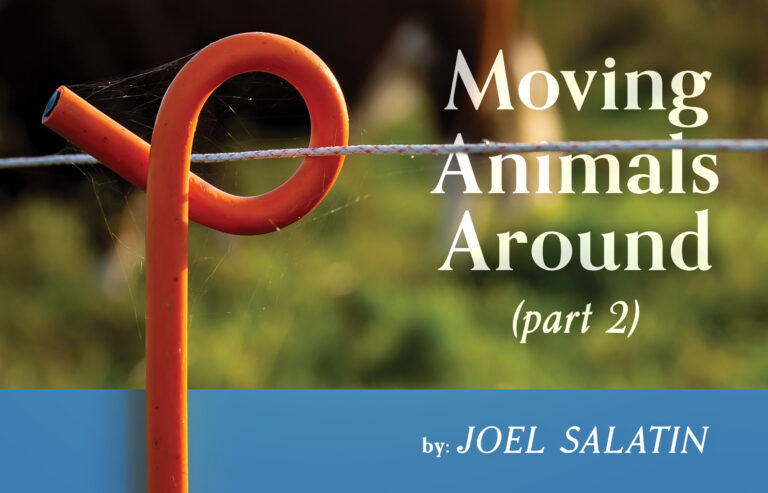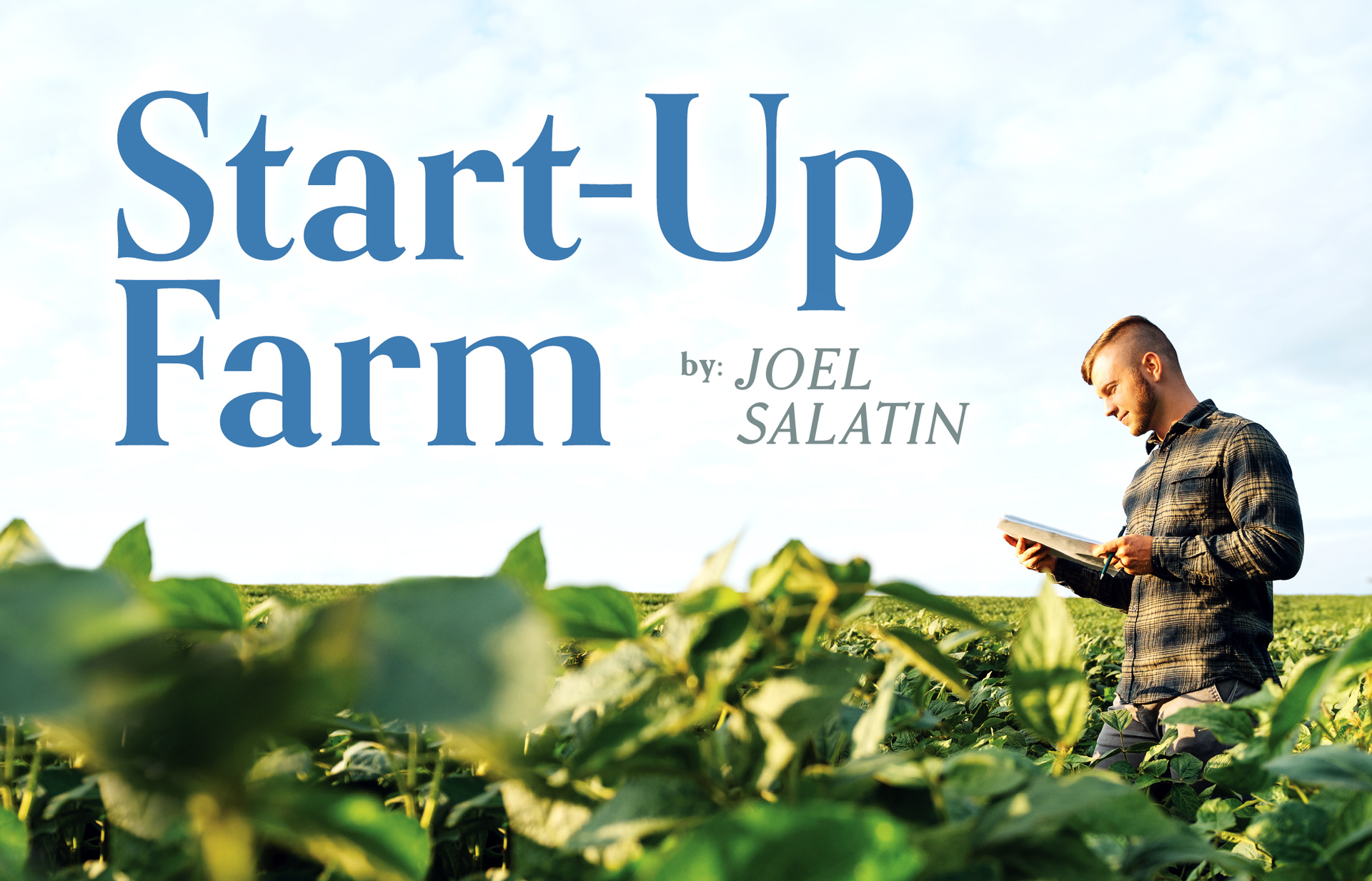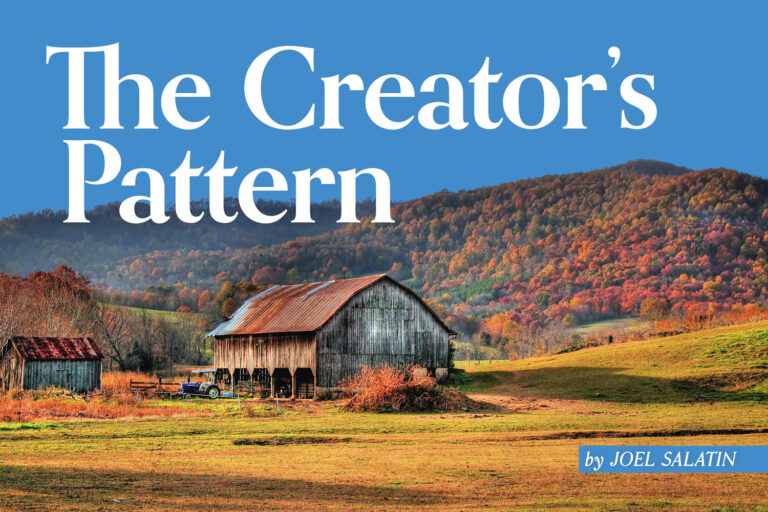Confessions of a Steward — Chicken Familiarity
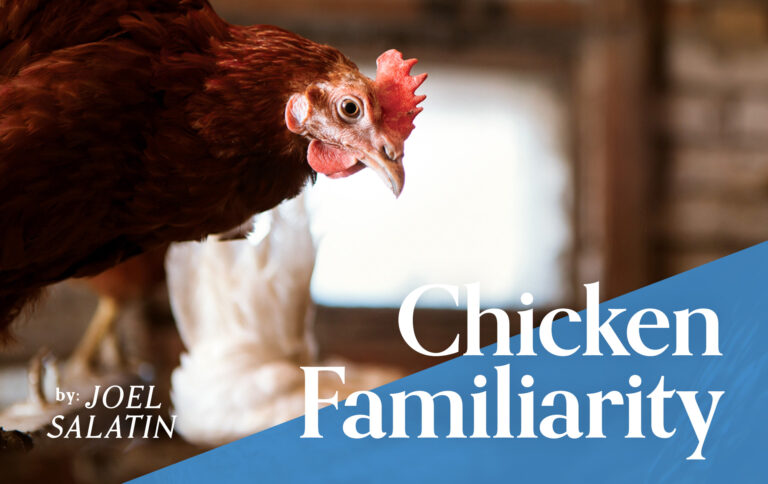
By Joel Salatin, Plain Values Thinking like an animal is not always easy, especially if you’re trying to think like a chicken. In this article, I want to dive into one of the single biggest tensions in raising farmstead egg-laying…


